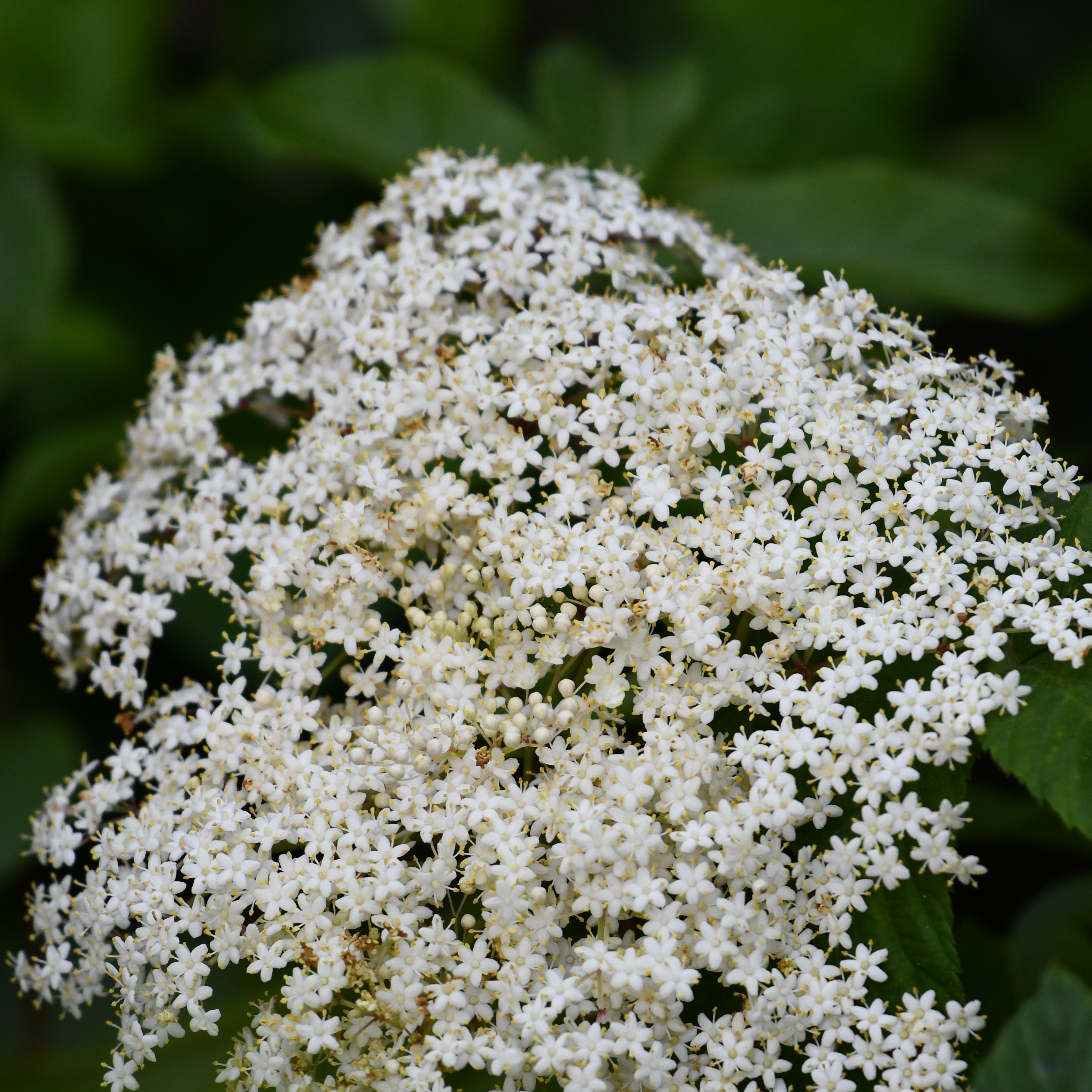
Introduction
Elderflowers are fragrant and delicate flowers that can be grown successfully in the United Kingdom. With their unique aroma and versatility, growing elderflowers in your garden can be a rewarding experience. In this comprehensive guide, we will walk you through the process of growing elderflowers, from selecting the right variety to providing the necessary care for a bountiful harvest. Let's get started!
Choosing the Right Variety
When it comes to elderflowers, there are several species suitable for the UK climate. The most common species is Sambucus nigra, which is native to the UK and produces edible flowers and berries.
Planting
Elderflowers are typically propagated from cuttings or suckers. Follow these steps to plant your elderflowers:
- Choosing a location: Select a sunny or partially shaded spot in your garden with well-drained soil.
- Preparing the soil: Clear the planting area of weeds and debris. Amend the soil with organic matter, such as compost or well-rotted manure, to improve fertility.
- Planting method: Dig a hole that is slightly larger than the root ball of your elderflower plant. Place the plant in the hole and backfill with soil, gently firming it around the roots.
- Watering: Water the plant thoroughly after planting to settle the soil and help the roots establish.
Growing
To ensure healthy growth and a bountiful harvest of elderflowers, consider the following tips:
- Sunlight: Elderflowers thrive in full sun to partial shade. Aim to provide them with at least 4-6 hours of direct sunlight each day.
- Watering: Keep the soil consistently moist, especially during dry spells. Elderflowers require regular watering, particularly during their first year of growth.
- Soil conditions: Elderflowers prefer well-drained soil that is fertile and rich in organic matter. Mulching around the plants can help retain soil moisture and suppress weeds.
- Pruning: Prune your elderflower plant in late winter or early spring to remove dead or damaged wood and promote new growth. You can also prune for shape and size control.
- Harvesting: Harvest elderflowers when they are fully open and have a strong fragrance. Cut the flower clusters with a pair of sharp scissors or pruners.
Conclusion
Growing elderflowers in the United Kingdom allows you to enjoy the fragrant blooms and versatility of these delicate flowers. By providing proper care and harvesting at the right time, you can cultivate healthy elderflower plants that add a touch of elegance to your culinary creations. Whether you use them to make elderflower cordial, tea, or other culinary delights, homegrown elderflowers will surely enhance your culinary experiences. Happy elderflower growing!